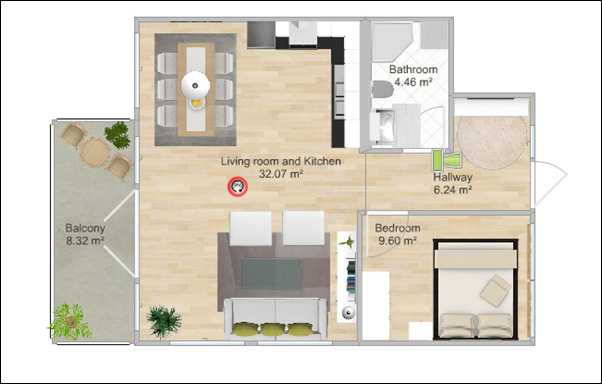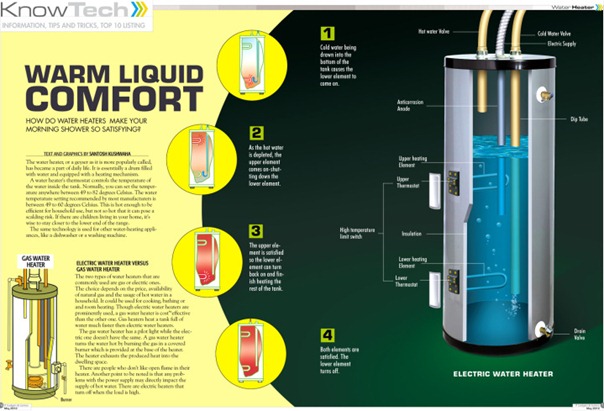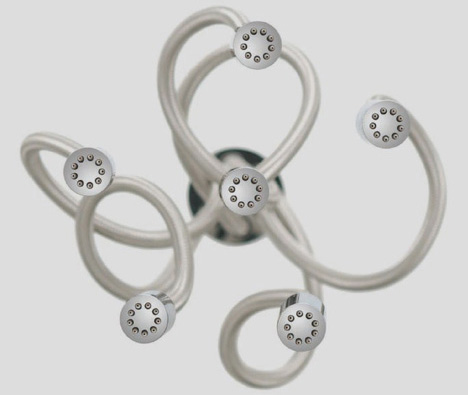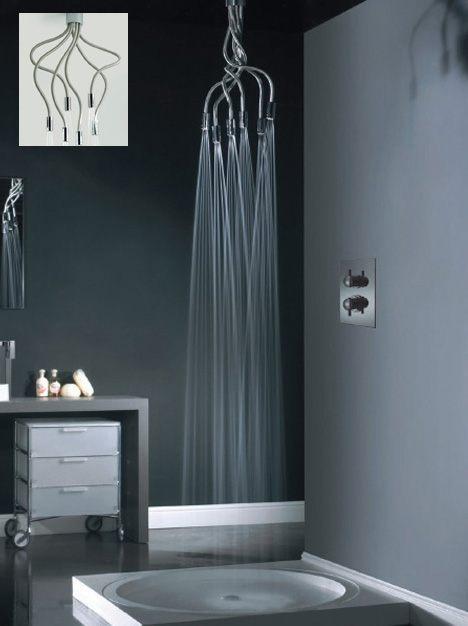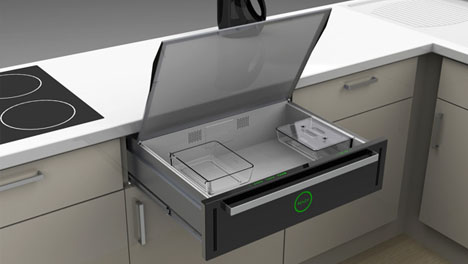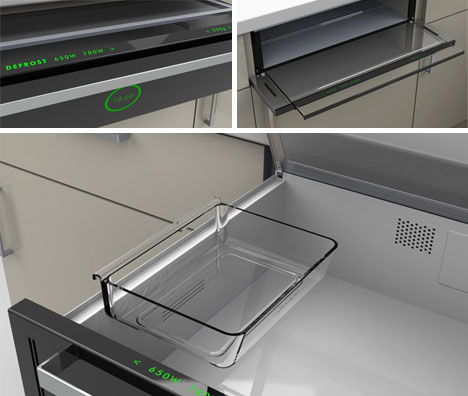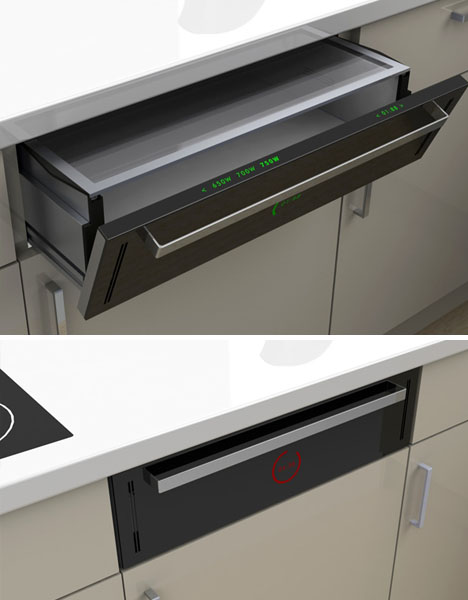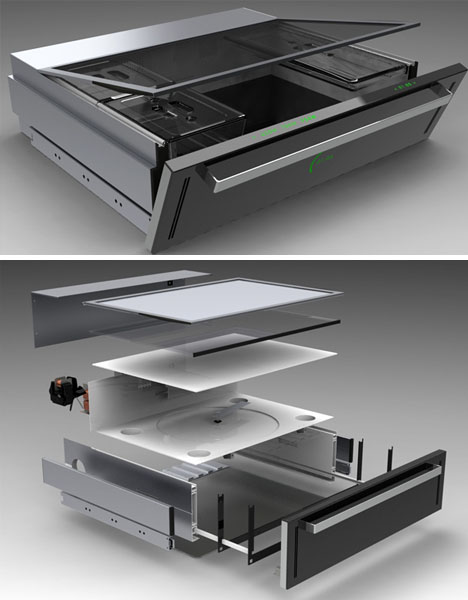RoomSketcher makes it so easy to create home designs and floor plans. With no software to install, it’s perfect for both Mac and PC users. You can get to work instantly.
- Design just a single room or create an entire house plan
- Quickly draft the floor plan, add doors and windows and start furnishing
- Take snapshots and high-resolution images to see your ideas in true-to-life 3D
It’s easy to get started. Simply create a design from scratch, make a floor plan using existing measurements or choose a design from the Gallery to adapt. And when you’re done, instantly show your friends and family what you’ve achieved via Facebook or Twitter.
- Everything’s online – no downloads, no install, no pre-knowledge necessary
- Easy-to-use drag and drop tools create interactive floor plans and designs
- Get colorful 2D and 3D floor plans
- Visualize how real products and home furnishings will look in your home or office
- Print or export floor plans and take them directly to the store or contractor
Want to brainstorm ideas? Share design ideas with other people? Wonder whether your bed will fit that new apartment? Everything’s possible with versatile RoomSketcher – the powerful easy-to-use tool for creating room designs and 3D visualizations in minutes!

